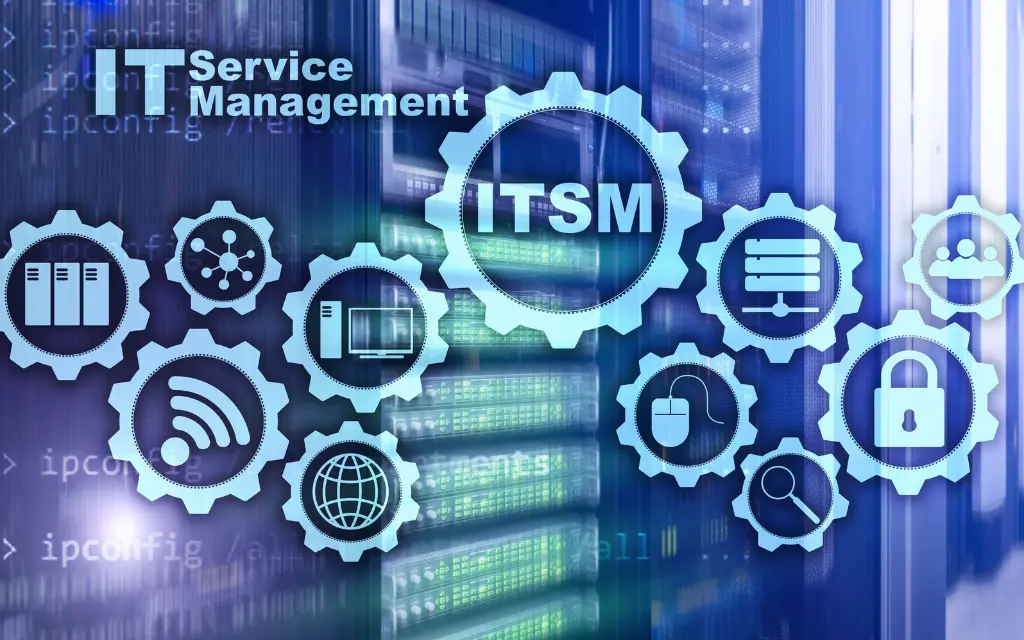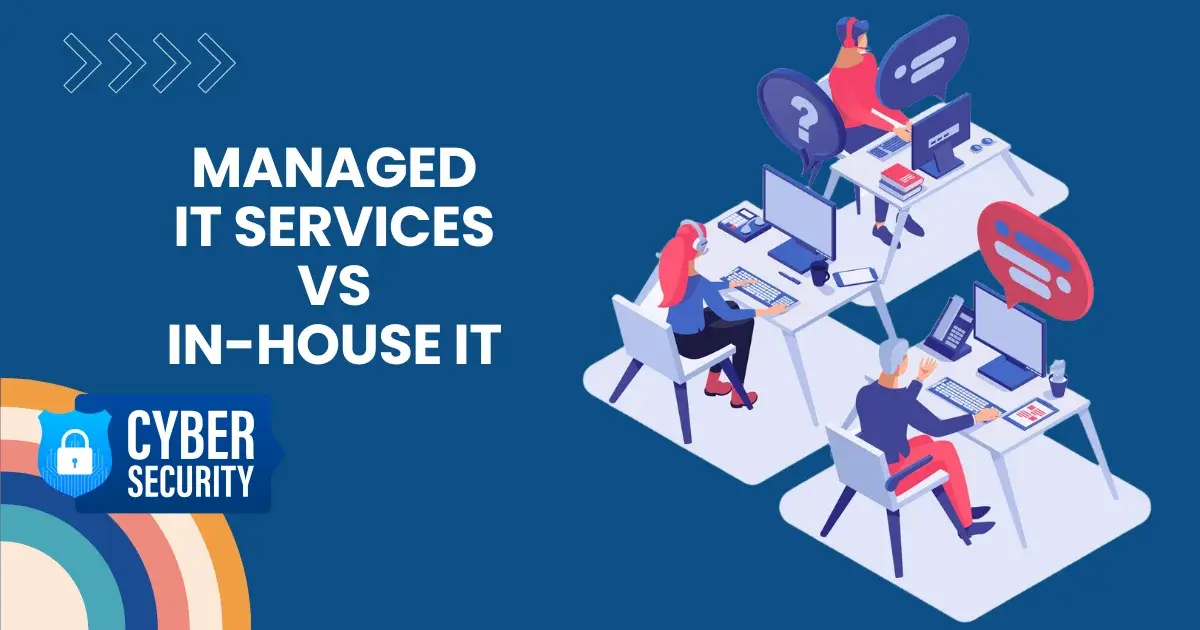Managing Macs in a Corporate Environment: Best Practices and Strategies
- November 03, 2023
Are Macs the Key to Business Success? In an age when innovation and creativity reign supreme, their steady presence within corporate environments cannot go unnoticed. Macs offer distinct advantages in increasing productivity while sparking creativity; yet just like any valuable tool they must be managed effectively for maximum productivity gains and creativity boost.
At this blog, we are about to embark on an incredible adventure through the corridors of Mac management in corporate settings. Together we will uncover its secrets, strategies, and best practices – not simply as gadgets but as powerful assets in business world. So buckle up as we journey into managing Macs effectively!
Table of Contents
Macs Are Dishing Out Benefits in Corporate Environments

Mac Management Tools and Solutions

Best Practices for Mac Deployment

Mobile Device Management (MDM): MDM is a versatile solution designed to monitor both mobile devices and Macs for your company, creating consistency and security throughout. By giving access to printers, configuring wireless settings, installing apps and user management – MDM ensures an standardized experience across devices within an organization.
Prepare Your Plan for Remote Management: In our increasingly remote workforce, having an effective strategy for Mac management remotely is absolutely critical. Make sure that the MDM solution complements other remote tools like desktop management tools; additionally consider third-party apps to maintain connectivity and offer remote support services.
Control Access to System Preferences: Protect security by restricting user access to system preferences. MDM and remote management tools can assist in standardizing these settings; however, access must still be granted for tasks like connecting Wi-Fi networks or adding printers while remaining secure.
Control App Usage and Downloads: Apps play an essential role in user experience. Using MDM platforms or third-party program management solutions, auditors can efficiently oversee app auditing, self service provision, deployments and self-service requests that ensure applications fit your work environment appropriately.
Information Security Concerns and Best Practices: Information security is of utmost importance for businesses. Striking an ideal balance between security and productivity within mixed Mac/PC environments is vital in order to create a safe and productive workplace environment.
Remote Administration and Support
Remote management has never been more vital in today’s flexible work settings; no longer confined to an office environment, IT teams must adapt in order to effectively oversee Macs located all across their respective teams’ areas of operations. Here are a few suggestions for effective remote management:
Unified Management: Implement a unified management strategy across both on-site and remote Mac devices in order to ensure consistency of policies, security measures and user experiences. This ensures a standardized experience.
Remote Support Tools: IT teams should implement remote support tools that enable IT support teams to troubleshoot Mac issues remotely from afar, with tools facilitating screen sharing, file transfers and diagnostics capabilities that enhance remote employee support experiences. These should allow screen sharing, file transfers and diagnostics as part of an overall support experience that maximizes employee support experience for remote employees.
User Training: Make available training and resources that enable remote employees to handle common Mac issues on their own and reduce burden for IT teams. Empowering users can reduce IT team burden significantly.
Strengthen Security Measures for Remote Macs: Strengthen security measures on remote Macs by strengthening encryption connections, two-factor authentication and secure network access. Remote management should prioritize safeguarding corporate data while adhering to compliance policies.
System Preferences and Security
System preferences play an essential part of Mac management and security, particularly with respect to preventing unapproved changes and protecting organizations against potential security threats. Here’s how you can access and control system preferences effectively:
Administrator Control: Limit administrative access only when required for specific roles; users should only gain access to settings related to them for reduced risk of unintended changes.
Content & Privacy Tools: Take advantage of built-in Content & Privacy tools to manage system preferences more precisely and standardize system preferences across devices. With these tools at your disposal, it’s easier than ever before to customize settings, restrict downloads, and manage privacy options effectively.
Third-Party Solutions: Third-party tools may offer more granular control of system preferences in complex corporate environments than native tools can, so carefully evaluate their features and capabilities to find out which one would work best.
Control What Apps Can be Installed and Downloaded
Application management is an essential element of Mac administration, ensuring only approved applications are used within an organization. Here are some best practices for controlling app usage and downloads:
App Audit: Conduct regular reviews of all applications used across your Mac ecosystem to ensure employees can access what is necessary for their roles while eliminating outdated software or any that has become unnecessary.
Self-Service Portals: Utilizing self-service portals allowing users to request and install approved apps can give employees easy access while still ensuring control and oversight. This enables employees to have control of necessary tools while at the same time remaining under your watchful gaze.
App Deployment: For consistent application deployment across Mac devices, MDM platforms or third-party program management servers should be utilized. This ensures the correct versions and configurations are applied across devices in accordance with MDM platforms or program servers’ protocols.
Best Practices Regarding Information Security Concerns and Solutions
Maintaining information security in mixed Mac and Windows environments is of utmost importance for businesses, and here are a few specific security risks and best practices that should be employed:
Data Transfer and Device Connectivity: Finding an equilibrium between security and productivity is of utmost importance. While it might be tempting to block all external ports and devices, practicality dictates that employees be allowed to transfer data or connect peripherals without disrupting productivity or jeopardizing sensitive data. Implement policies and tools which facilitate these activities while protecting sensitive information.
Mixed Environments: When operating within an environment with both Macs and Windows devices coexisting, consider which tools and practices best support each ecosystem. By finding suitable solutions to ensure both ecosystems operate in harmony.
Security Solutions: Establish robust security solutions that offer protection from malware, data breaches and other cyberthreats. Update software regularly while informing employees on safe computing practices.
Business-Wide Decision-Making: When making business-wide decisions regarding technology, such as IT solutions and tools for Mac devices, make sure Mac-friendly tools and strategies are integrated to prevent compatibility issues down the road.
How Can Businesses Manage Macs Effectively
Overall, managing Macs within an enterprise setting is feasible if the appropriate strategies and best practices are in place. When Macs become part of your business strategy, planning is vitally important to ensuring they run seamlessly and productively. Using appropriate tools may also enhance success for smooth operation of these devices.
Businesses using Macs can benefit from employing the proper tools and practices that enable increased productivity, improved user experiences and tightened security. If you’re thinking about adding Macs into your organization’s management scheme, try reaching out to Advanced IT, a Managed IT Service. If you require further advice or require tailored assistance with managing Macs within your business, feel free to arrange a consultation and explore your options.





